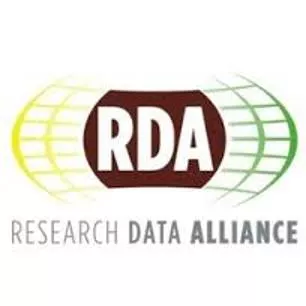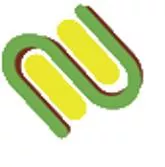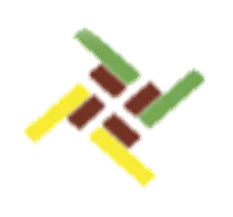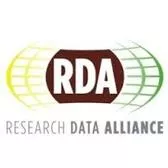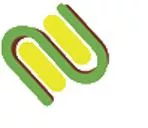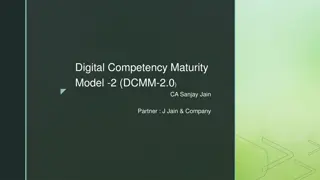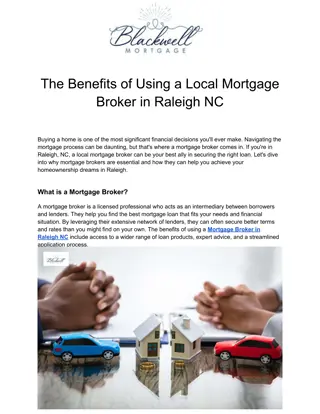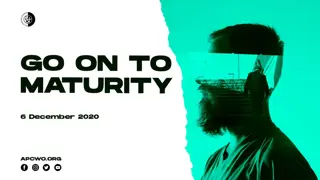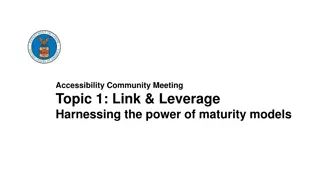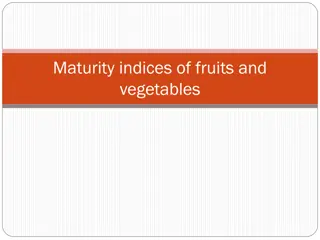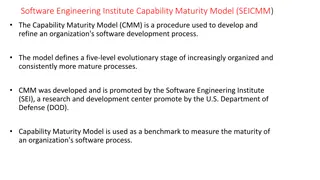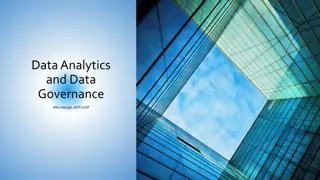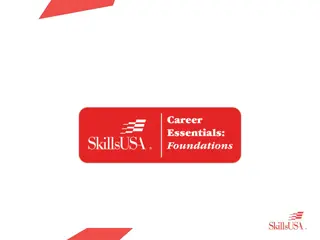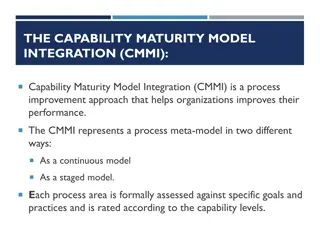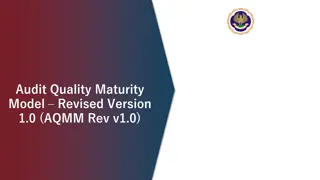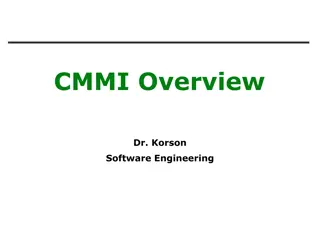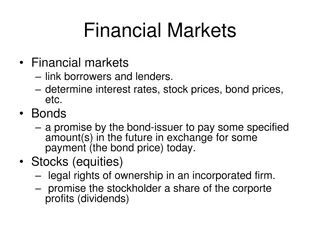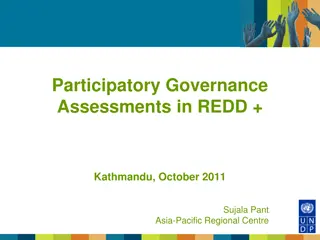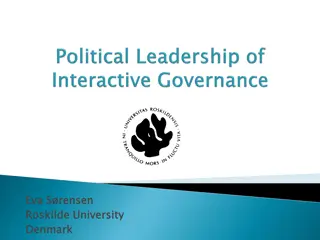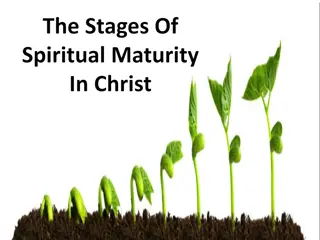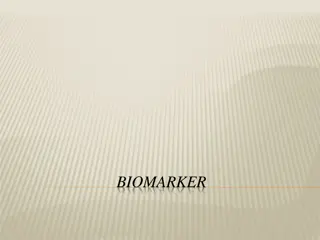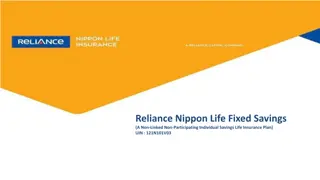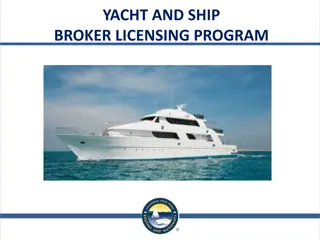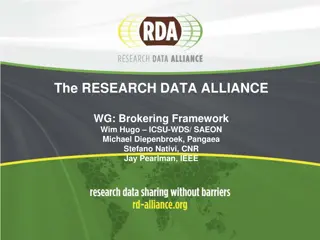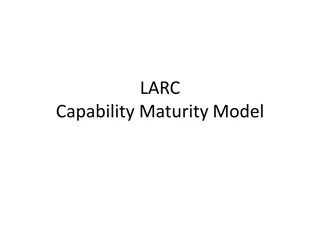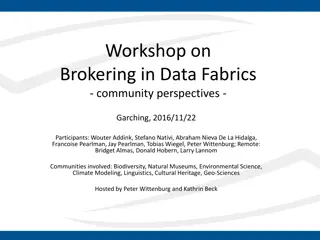Brokering Governance and Broker Maturity Framework
Delve into the world of brokering governance and the broker maturity framework through the insights provided in the content. Explore the challenges, solutions, requirements, and outcomes associated with these crucial concepts in the realm of governance and data management. Gain a deeper understanding of the activities, roadmap, and community interactions within these frameworks to enhance your knowledge in this domain.
Download Presentation

Please find below an Image/Link to download the presentation.
The content on the website is provided AS IS for your information and personal use only. It may not be sold, licensed, or shared on other websites without obtaining consent from the author.If you encounter any issues during the download, it is possible that the publisher has removed the file from their server.
You are allowed to download the files provided on this website for personal or commercial use, subject to the condition that they are used lawfully. All files are the property of their respective owners.
The content on the website is provided AS IS for your information and personal use only. It may not be sold, licensed, or shared on other websites without obtaining consent from the author.
E N D
Presentation Transcript
Brokering Governance WG Brokering Governance WG JAY JAY PEARLMAN PEARLMAN
Agenda WG Introduction Activities Report Concepts and deliverables WP1 WP2 WP2 Roadmap Final Discussion
Broker Maturity Framework Maturity Application Data Discovery M + DAB Data Access M DAB Semantics M- DAB% Work Flows and Processes I - Data Quality I+- Logistics security, sign-on M-
BrokeringGovernance WG WG activity started in December 2014 Wide interest from the Community comments received and addressed in a revised version of the statement TAB is convinced the topic has merit and the team is right ; The WG has about 20 members (https://rd- alliance.org/group/brokering-governance.html)
Generally Recognized Barriers (especially for GEOSS) Problem: users need to know the nature and location of service providers, making it difficult to bind and dynamically change the bindings between users and providers Solution: The broker pattern supports users of services (clients) from providers of services (servers) by inserting an intermediary, called a broker.
Broker Requirements 1. Support users and further interoperability; 2. Be sustainable; 3. Support and be compliant with national and international policies (including research objectives); 4. Support core technical capability advancement, be accessible to a wide range of users; 5. Create a flexible adaptable framework for incorporation of new developments; 6. Offer a range of services essential to multi-disciplinary science collaborations this range of services is expected to grow. 7. Scalable; supports a wide range of standards and data models 8. Open, transparent, trustworthy (improved managed access] Consider incorporation of RDA metadata wg outputs and capabilities such as metadata harvesting, linked data. Show how different approaches integrate [a manuscript was jointly published partially addressing these topics]
Working Group Outcomes The Working Group expects to deliver 3 main outcomes: A position paper including guidelines and best practices for a governance approach Test (and refinement) of a governance model to piloted by adopters participating in the Working Group A recommendation document for the Research Data Alliance, including consensus on paths for international adoption of this capability.
Brokering Governance Areas Brokering (framework) Sustainability Assessment Business Models Agreements between brokering organization and data/service providers Preserving autonomy required by the Broker pattern Community adoption and support of the Broker pattern Use cases, training, pilots,
Business Models Information and Ad sales - Google is available at no cost for search and for visualization of earth information. Google is supported by advertising and sale of collected information. Facebook has the same model. Product (Document) Sales - Standards organizations (IEEE, ISO, etc.) sell standards documents and rely on volunteers and corporate participation to formulate standards. Corporate Support - OGC has a membership model with fees for participation (different levels are available) and relies on volunteers. - The Open Source Initiative is moving from a volunteer base to a member/affiliate base. They focus on licenses. The financial base comes from corporate sponsors.
Business Models Software as a Service (SAS) Model Companies provide a mixture of base and enhanced services. Wikipedia defines a similar freemium model - Freemium is a pricing strategy by which a product or service (typically a digital offering such as software, media, games or web services) is provided free of charge, but money (premium) is charged for proprietary features, functionality, or virtual goods - Model can work through individual sales or large scale subscriptions. - Examples: WordPress has an open source component (wordpress.org) and a service component (wordpress.com) The latter offers enhanced services for fee. Redhat follows the same model. Government Funding - GEOSS solicits support from governments for their secretariat operations, both in funds and in staff assignments.. - Pan-European research Infrastructures provide an information service based on government grants.
Business Models Other ideas: Non-profit companies using grants for startup. Use of non-profit using federal funding to support sw for research community (IF) HDF as an example HDF moved to a non-profit company to continue growth Key that the community has adopted the capability and the Gov t recognizes the broad impact on the university community Unidata is an example. SW has been adopted by Unidata and it can support the education and research community. Objective is promoting research and education to improve efficiency. Thredds server as an example? Is there is a national mandate so that NSF will be receptive to businesses engaging in the community support. NSF will not dictate much, but there is an opportunity for the community.
Brokering Agreements Definition Agreements between brokering organization and data/service providers Define high-level service interoperability agreements Consider the specificity of high-level broker pattern (e.g. preserve autonomy) Agreements may include: Agreements for notification of changes (e.g. in formats for data or metadata or changes in web interface protocols) Data Management plan adopted by the provider Confirmation of access requirements and release policy Requirements for sign-on and authorization Intellectual Property Rights including access, use and reuse Security requirements for data uptake and distribution Code of conduct (e.g., will not distribute user information) License Agreements (service or operation license agreements)
Work Group tasks and Deliverables T1: Brokering process definition and definition of terms agreements with adopters (WP2) T2: Review of initial governance model; considerations of options (sub- WP1) T3: Stakeholders apply/test the governance model; document experience (WP3) T4: Analysis of governance model examination of updates; testing of updates (All) T5: Develop recommendations for a brokering framework governance approach; (recommendations by each WP) T6: Review recommendation with a broad stakeholder and RDA Communities (All) T7: Report writing (WG Chairs)
Activities Report Three WPs created WP1. Business model WP2. Service agreement WP3. Use Cases A couple of WG meetings to create consensus on the WP goals and schedule WP ToR draft produced Open Solicitation for participation issued WP Chairs: WP1: Sue Fyfe (Geosciences Australia), Lindsay Powers (HDF) WP2: Rebecca Koskela (Executive Director, DataOne) WP3: Erin Robinson (Executive Director, ESIP) and Mattia Santoro (GEOSS Services leader, CNR)
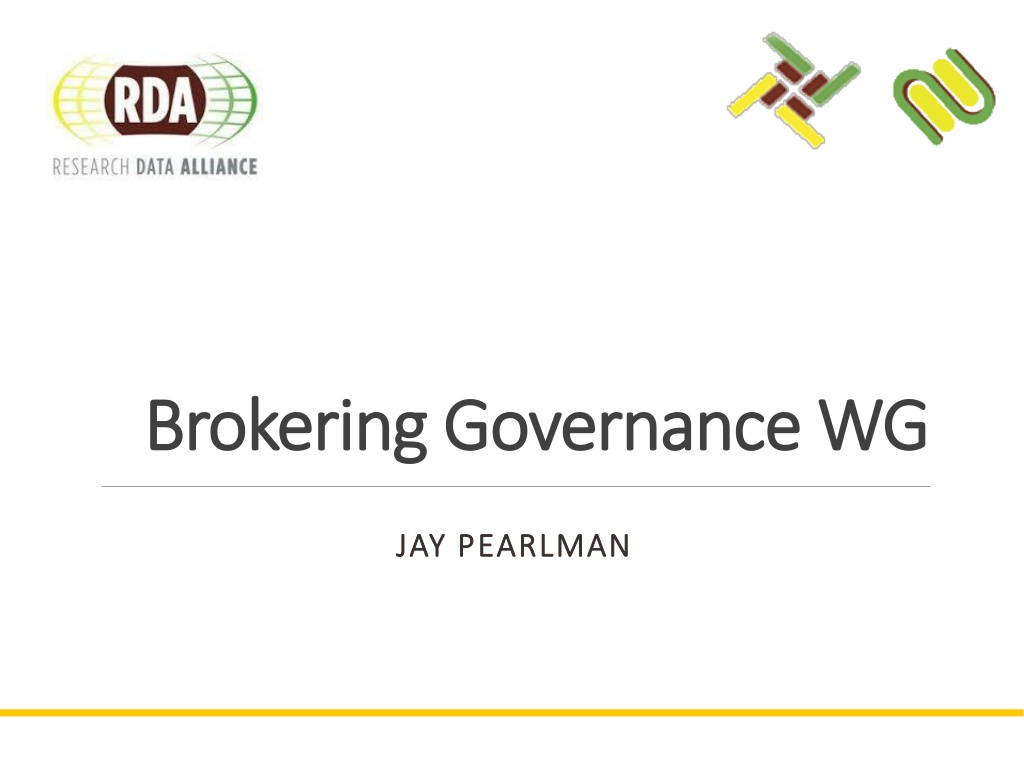
 undefined
undefined

